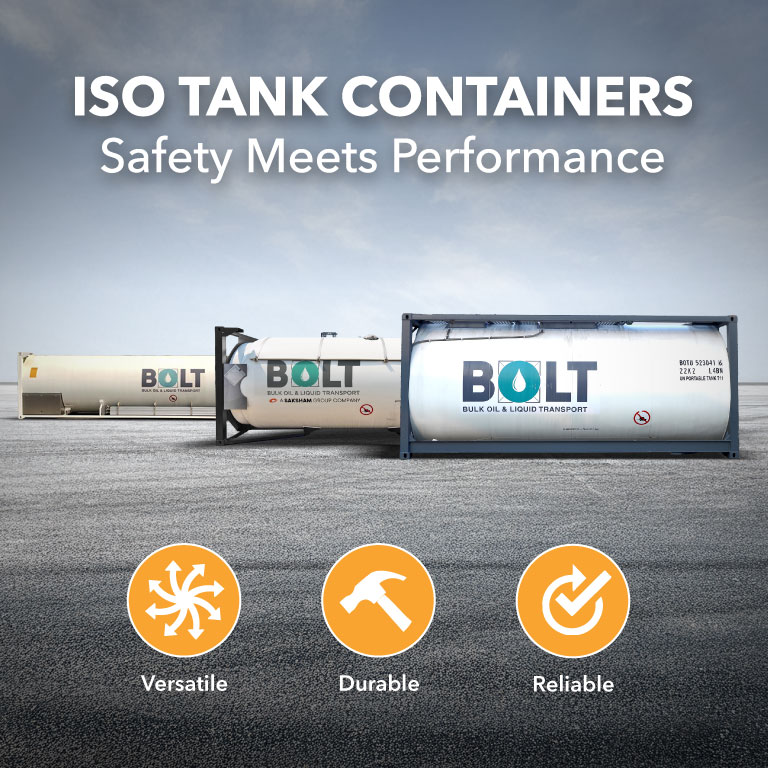
How to choose the correct T-code for IMDG transport?
At BOLT, we sell and rent tanks for every kind of liquid. Amongst these liquids, some are classified as dangerous according to the IMDG Code. Below, you will find some information about how to select a tank based on your requirements.
1st information you need is an accurate SDS or MSDS (Safety Data Sheet). This SDS must have 16 chapters, information related to transport is in chapter 14.
In this chapter, you will find :
- UN number
- Class (with the subsidiary risks where appropriate)
- Packing group (I, II or III)
- If the cargo is classified as a marine pollutant
2nd information will be the T-code in column (13) of the Dangerous Goods List of the IMDG Code, for example T-code T11.
There are 25 T-codes, each with variants in terms of tank thickness, openings in the upper or lower part, etc. These tank containers must also be in accordance with the RID-ADR agreement. Tank containers are also capable of transporting liquids that are not subject to regulation (liquids that are not classified as dangerous goods).
Most tank containers are designed for the transport of non-specific liquids and are registered under T-code T11. They are used to transport a wide range of liquids with various properties.
When used for transport in agreement with the IMDG, each tank container must undergo an inspection and tests every 5 years, plus an intermediate inspection after 2.5 years. The tests are subject to validation by an approved control office. A periodic test report is issued, and the container plate is stamped.
Section 4.2.5.2.5 of IMDG Code, ‘Determination of the appropriate portable tank instructions’, gives option to the shipper to use a different tank than the one that is given in column (13) of Dangerous Goods List.
According to section 4.2.5.2.5 T11 Tank may be used for Dangerous Goods Entries assigned with T Codes T1, T2, T3, T4, T6, and T7.
It is possible to use a tank which possess higher test pressures, greater shell thicknesses, more stringent bottom opening and pressure relief device arrangements.
But be careful! This Dangerous Goods List does not give information on the chemical compatibility between the dangerous good and the tank. Usually, our tanks are made of 316L stainless steel.
Do please contact us in case of doubt, so that we can advise you on the possibility of handling your product".










